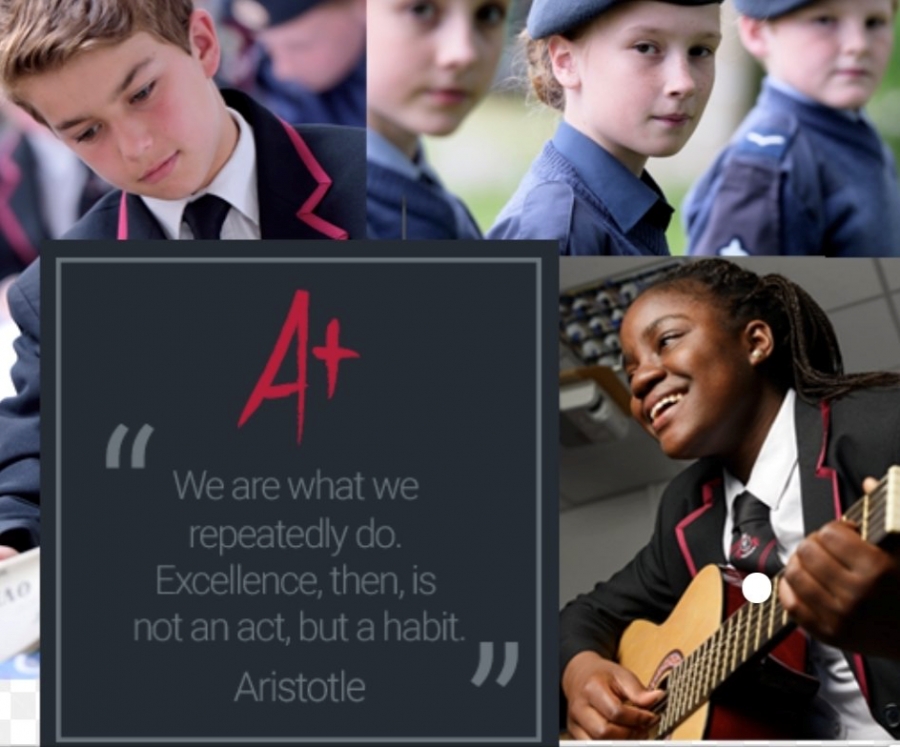From 20 March, the school physically closed, but the community’s love for learning continued digitally. Since then, King’s Leadership Academy has delivered over 20,000 hours of synchronous lessons weekly, despite the fact that no pupils or staff have been able to enter the building.
Implementing online learning
Synchronous learning is online or distance education that happens in real time, whereas asynchronous learning occurs through online channels without real-time interaction. We researched using both of these methods but decided that due to synchronous learning’s potential to offer live feedback it would work best for to support children struggling with the work, and help maintain positive relationships with our teaching staff.
Our teachers adopted Zoom as a means to deliver face-to-face lessons. It offers a wealth of tools, such as ‘hands-up’ so pupils can participate in questioning and discussion or ‘yes/no’ polls to establish pupil opinion or understanding, these in particular have been great in helping deliver lessons.
Alongside this we also used other resources such as videos, slides and quizzes as we would in school on the whiteboard to help replicate the traditional classroom setting. This has helped our students to apply knowledge to a number of problem-solving situations and take part in interactive assessment challenges which provide immediate formative feedback to support teachers.
Supporting our teachers work
When migrating to remote teaching we soon realised that exercise books would not be feasible for either teachers or students. Instead we opted to use Google Docs as electronic pupil workbooks. This has been a revelation, which will continue as we return to school and develop our ‘new normal’.
Google Docs allow teachers to review students' work as they are editing it, assess their thinking and address any gaps in understanding. This saves a significant amount of time in the feedback process. It’s also a lot easier for our teachers who can review and work across several student books’ asking interactive questions and providing support.
Maintaining student well-being
Focusing on the academic systems is one task, but as an Academy we wanted to provide the same level of pastoral care and support for children at home during school closures. As a result our pastoral staff developed a ‘command centre’ which uses a range of digital trackers and management software such as Bromcom to track student absences.
Digital tracking enabled us to train and redeploy office staff from the front of house to assist with sophisticated attendance tracking, freeing pastoral leaders to focus on safeguarding, student well-being and supporting key workers. As a result, the Academy tracks the attendance of every child across 6 periods per day, continues with online assemblies to aid well-being and a number of digital workshops to ensure children still receive the support they have come to expect physically when on site.
School in September
We are eager to see our students and work with them again, so everyone is looking forward to the physical return to school. We don’t know what the next few months will hold though, self-isolation and shielding has become part of our new normal, so remote or blended learning has to too.
We’re determined that no child is left behind during the pandemic and will remain dedicated to this mission in September. We are planning for a hybrid of physical and remote learning in response to the changing threats presented by the virus. The last few months have certainly been ‘unprecedented’ and the unfamiliar territory looks set to continue. But having said that, this also presents an opportunity to create a ‘new normal’ that responds to the development of technology in our society and uses it to create successful citizens in a modern world.
To access the free support and training from the Department for Education and get set up on a digital education platform visit: The Key. The Government is also funding training and peer-to-peer support from demonstrator schools, who are already leading the way in using digital education platforms. Schools can find out more about this free support here.


















